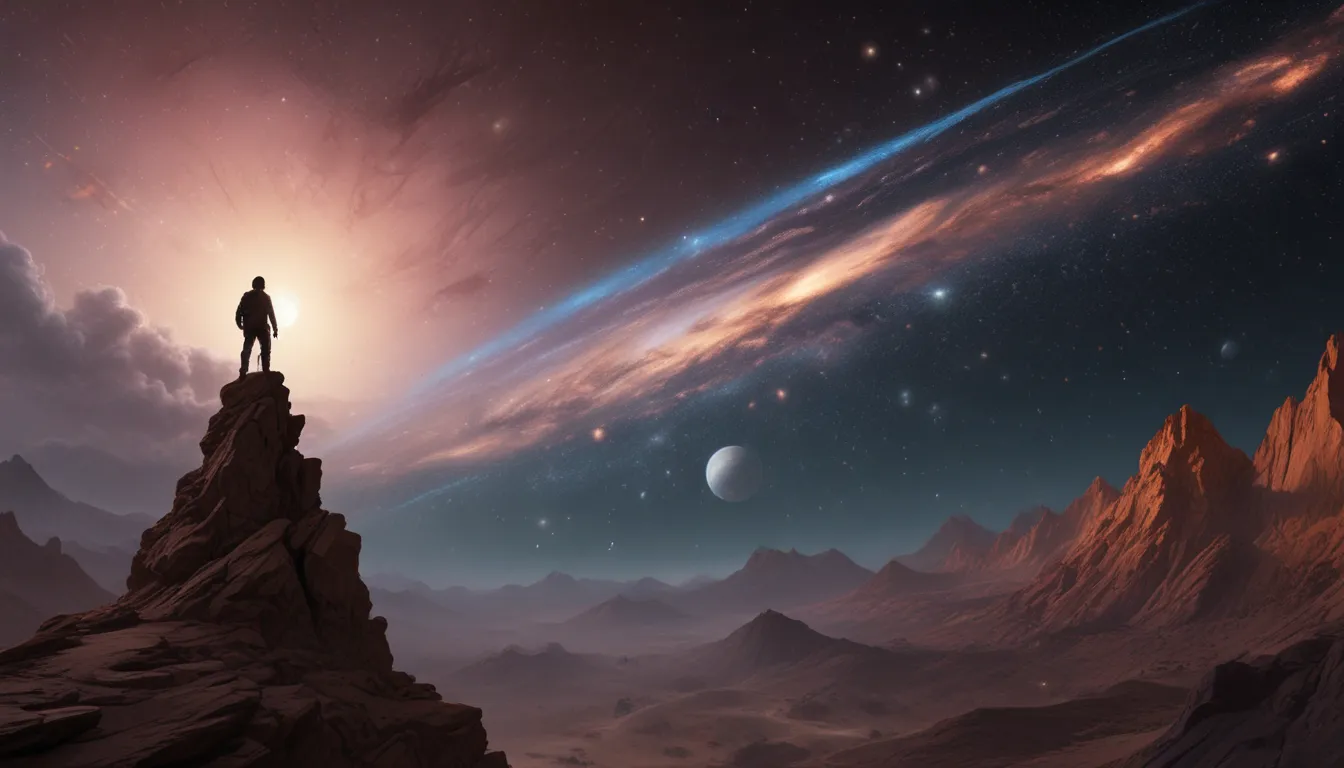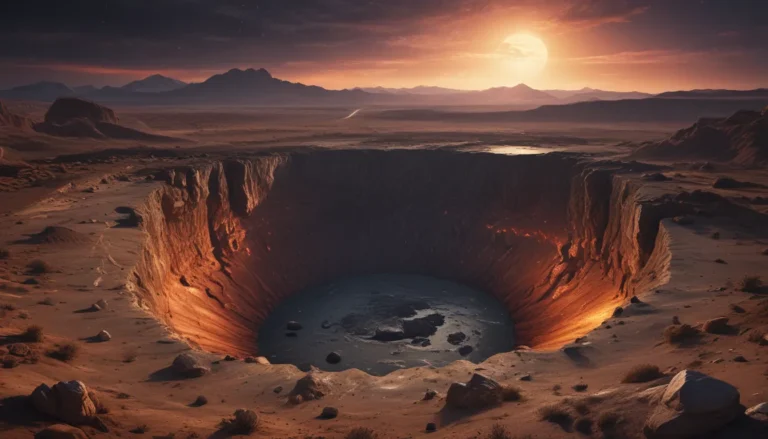The pictures we use in our articles might not show exactly what the words say. We choose these pictures to make you interested in reading more. The pictures work together with the words but don’t take their place. The words still tell you the important facts.
Have you ever wondered about the secrets hidden within the vast expanse of the universe? Join us as we embark on a cosmic adventure to explore the wonders of Hubble’s Law. Named after the eminent astronomer Edwin Hubble, this fundamental concept in astrophysics has reshaped our understanding of the cosmos. In this article, we will unravel 12 intriguing facts about Hubble’s Law, taking you on a journey from its discovery to its profound implications. Let's delve into how this law provides evidence for the expansion of the universe, uncover the mysteries of galaxy speeds, and connect the dots to the Big Bang theory. So, fasten your seatbelts and get ready for an enlightening voyage through the mysteries of Hubble’s Law!
Discovering the Essence of Hubble’s Law
Hubble’s Law, coined after the illustrious astronomer Edwin Hubble, elucidates the correlation between the distance of galaxies and their recessional velocity—an essential concept in cosmology.
Unraveling the Expansion of the Universe
Hubble’s Law serves as a pivotal piece of evidence supporting the notion of the constantly expanding universe. It suggests that galaxies are drifting apart as space itself undergoes a continuous state of expansion.
Shedding Light on Redshift
Central to Hubble’s Law is the observation of redshift—a phenomenon where light from distant galaxies shifts towards longer wavelengths, signifying their motion away from us. This fundamental principle allows scientists to determine the recessional velocity of galaxies.
Deciphering the Mathematical Formulation
At the core of Hubble’s Law lies a straightforward mathematical formula: v = H0 * d, where v denotes the recessional velocity of a galaxy, H0 represents the Hubble constant dictating the universe's expansion rate, and d stands for the distance of the galaxy.
Estimating the Universe’s Age
Through the application of Hubble’s Law, scientists have been able to approximate the age of the universe to be around 13.8 billion years. This estimation provides invaluable insights into the chronological evolution of the cosmos.
The Role of Technology: Hubble Space Telescope
The advent of the Hubble Space Telescope has significantly enhanced the precision of redshift and distance measurements, thereby refining Hubble’s Law and deepening our comprehension of the universe’s expansion.
Aligning with the Big Bang Theory
The observed expansion of the universe, as delineated by Hubble’s Law, harmonizes with the forecasts of the Big Bang theory—the widely accepted cosmological model elucidating the universe's inception and growth.
Navigating the Scales of Hubble’s Law
While Hubble’s Law holds true on grand scales encompassing distant galaxies and clusters, its accuracy diminishes on smaller scales within galaxies due to the influence of other factors such as gravitational interactions.
Unveiling the Hubble Constant
The value of the Hubble constant remains a hot topic of research, as scientists strive to refine its precision for more accurate evaluations of the universe’s expansion rate.
Grasping the Essence of Cosmic Expansion
Hubble’s Law asserts that the velocity at which galaxies recede is proportional to their distance from us, implying the expansion of space itself—ushering galaxies along in its dynamic dance.
Pondering the Early Universe
By extrapolating data derived from Hubble’s Law, scientists can glean insights into the primordial state of the universe, including its density, temperature, and expansion rate.
Continuing the Cosmic Odyssey
Hubble’s Law stands as an enduring cornerstone of contemporary cosmology, furnishing a foundational basis for further discoveries and theories concerning the essence, inception, and evolution of the universe.
In Conclusion
Hubble’s Law stands as a pivotal principle in astronomy that has reshaped our perceptions of the universe. By offering profound insights into cosmic expansion and galactic origins, it has paved the way for numerous astronomical breakthroughs. This journey from the redshift phenomenon to the Hubble constant has unveiled an array of captivating discoveries, guiding us on a path of cosmic enlightenment.
FAQs
-
What is Hubble’s Law?
Hubble’s Law posits that the farther a galaxy is from us, the faster it is moving away, implying the universe's expansion. -
Who discovered Hubble’s Law?
Hubble’s Law was unveiled by the esteemed American astronomer Edwin Hubble in the 1920s, linking distances to galaxies with their redshifts. -
What is redshift?
Redshift denotes the elongation of light waves towards the red end of the spectrum, a consequence of galaxies moving away from us. -
How was Hubble’s Law formulated?
Hubble’s Law was crafted by plotting galaxy distances against their recessional velocities, culminating in the estimation of the universe's expansion rate. -
What is the significance of Hubble’s Law?
Hubble’s Law revolutionizes our comprehension of the universe, aiding in estimating the cosmos's age, size, and evolution. -
Is Hubble’s Law still valid?
Yes, Hubble’s Law retains its validity in astronomy, bolstered by subsequent observations and technological advancements. -
How does Hubble’s Law correlate with universal expansion?
Hubble’s Law suggests the universe's expansion as galaxies recede from each other. By scrutinizing the distance-velocity relationship, scientists deduce the universe's expansion rate.
Embrace the Cosmic Odyssey
As we delve into the enigmatic realms of Hubble’s Law, we uncover a universe brimming with wonders and mysteries waiting to be unraveled. Let curiosity guide you as we navigate through the cosmic tapestry, igniting a passion for exploration and discovery. Together, let's embark on a journey through the vast expanse of the cosmos, where each discovery illuminates the boundless splendor of the universe.






